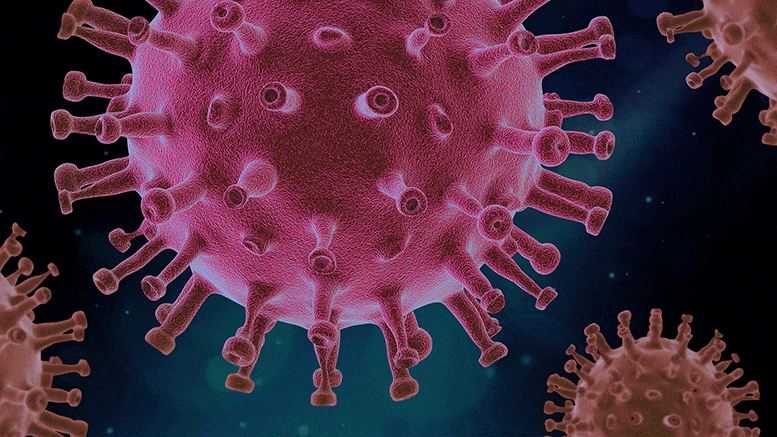
The SARS-CoV-2 virus suppresses the immune response and utilizes the protein PLpro to aid in viral replication. Blocking PLpro inhibits virus production and strengthens the immune response, making it a potential therapeutic approach for COVID-19.
COVID-19 Research: Anti-viral Strategy With Double Effect
In the case of an infection, the SARS-CoV-2 virus must overcome various defense mechanisms of the human body, including its non-specific or innate immune defense. During this process, infected body cells release messenger substances known as type 1 interferons. These attract natural killer cells, which kill the infected cells.
One of the reasons the SARS-CoV-2 virus is so successful — and thus dangerous — is that it can suppress the non-specific immune response. In addition, it lets the human cell produce the viral protein PLpro (papain-like protease). PLpro has two functions: It plays a role in the maturation and release of new viral particles, and it suppresses the development of type 1 interferons. The German and Dutch researchers have now been able to monitor these processes in cell culture experiments. Moreover, if they blocked PLpro, virus production was inhibited and the innate immune response of the human cells was strengthened at the same time.
Professor Ivan Dikic, Director of the Institute of Biochemistry II at University Hospital Frankfurt and last author of the paper, explains: “We used the compound GRL-0617, a non-covalent inhibitor of PLpro, and examined its mode of action very closely in terms of biochemistry, structure, and function. We concluded that inhibiting PLpro is a very promising double-hit therapeutic strategy against COVID-19. The further development of PLpro-inhibiting substance classes for use in clinical trials is now a key challenge for this therapeutic approach.”
Another important finding from this work is that the viral protein PLpro of SARS-CoV-2 cleaves off ISG-15 (interferon-stimulated gene 15) from cellular proteins with a higher level of activity than the SARS equivalent, which leads to greater inhibition of type I interferon production. This is concordant with recent clinical observations which show that COVID-19 exhibits a reduced interferon response in comparison to other respiratory viruses such as influenza and SARS.
To understand in detail how inhibiting PLpro stops the virus, researchers in Frankfurt, Munich, Mainz, Freiburg, and Leiden have worked closely together and pooled their biochemical, structural, IT, and virological expertise.
Donghyuk Shin, postdoctoral researcher and first author of the paper, says: “Personally, I would like to underline the significance of science and research and in particular emphasize the potential generated by a culture of collaboration. When I saw our joint results, I was immensely grateful for being a researcher.”
Professor Sandra Ciesek, Director of the Institute of Medical Virology at University Hospital Frankfurt, explains that the papain-like protease is an extremely attractive anti-viral goal for her as a physician because its inhibition would be a “double strike” against SARS-CoV-2. She highlights the excellent collaboration between the two institutes: “Especially when investigating a new clinical picture, everyone profits from interdisciplinary collaboration as well as different experiences and viewpoints.”
Reference: “Papain-like protease regulates SARS-CoV-2 viral spread and innate immunity” by Donghyuk Shin, Rukmini Mukherjee, Diana Grewe, Denisa Bojkova, Kheewoong Baek, Anshu Bhattacharya, Laura Schulz, Marek Widera, Ahmad Reza Mehdipour, Georg Tascher, Paul P. Geurink, Alexander Wilhelm, Gerbrand J. van der Heden van Noort, Huib Ovaa, Stefan Müller, Klaus-Peter Knobeloch, Krishnaraj Rajalingam, Brenda A. Schulman, Jindrich Cinatl, Gerhard Hummer, Sandra Ciesek and Ivan Dikic, 29 July 2020, Nature.
DOI: 10.1038/s41586-020-2601-5

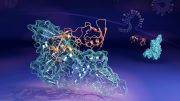
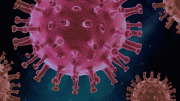
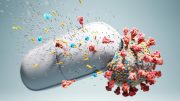


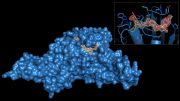
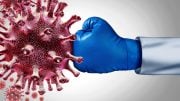
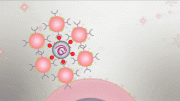
Very informative
Informative
This is a promising breakthrough.
Excellent effort. It also shows how an interdisciplinary orientation that has strong commitment to the basics break the barrier of time and knowledge.
The whole world applaud’s you , you are modern day heroes .Your help and team work will help the world beat this terrible thing. Good news in a sad world.
Thhankyou.
Very informative,wish the cure would reach soyth africa
I had covid2 it wasn’t real fun but.
The darkies and blackies are more susceptibility to virus shows white Caucasians more beefy than need white power to dna hallie berry
Is there any cure for this diseass?
One more unfolding effort of complicated corona virus
Hi. Since I tested for covid-19 on the 27 July up until now I’m still waiting for the results. Iam stuck waiting for a week without going back to work. Please find a way to help so that I can go ba k to work… Thanks
so where’s the rest of the article? The next sentence should be lets everyone take supplements of protease from papaya. That would be essentially Papain like protease.
I think you missed the point. They want to find something to inhibit protease (PLpro) which aids in the production of new virus particles and inhibits type 1 interferons. However like most of these breakthroughs (antibody therapy…) you will probably never hear of it again. Those in charge of world health need a vaccine they can patent and make money off of…